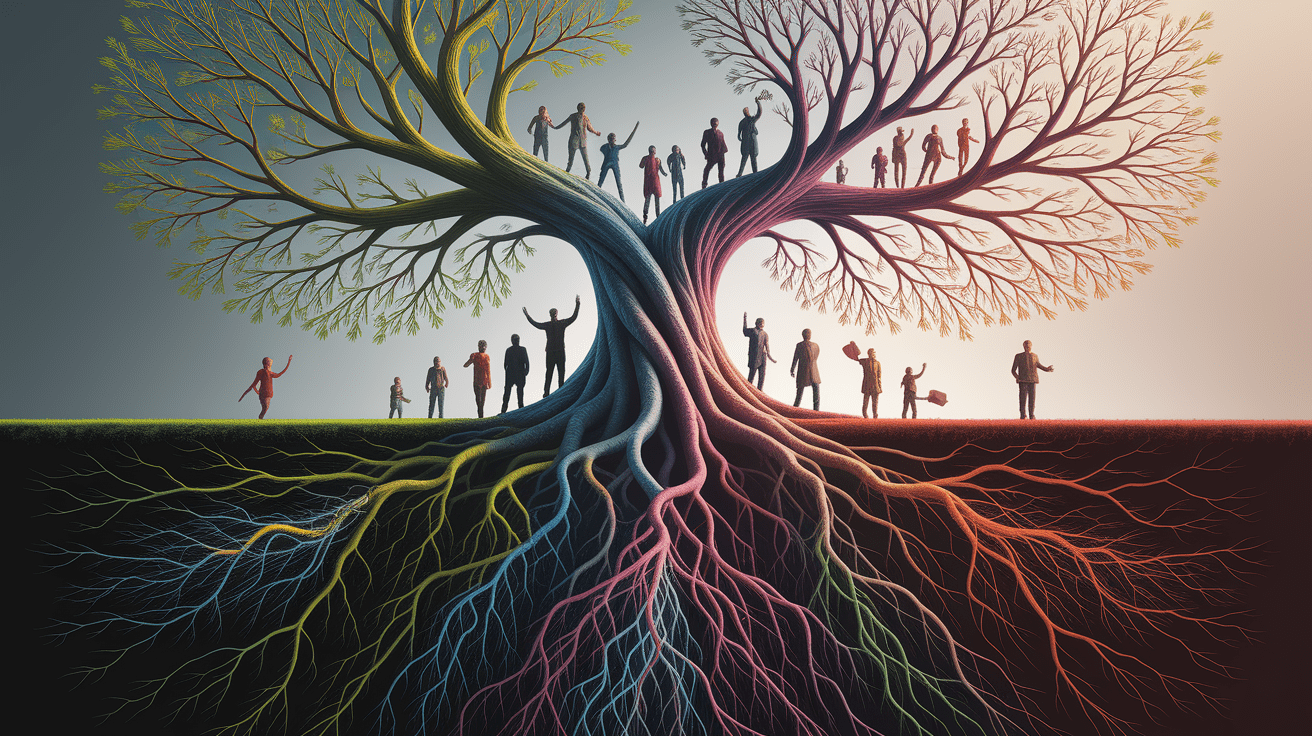Chasing the Thrill: A Clear Guide to Sensation-Seeking Psychology
Chasing the Thrill: Defining Sensation-Seeking Psychology
In personality psychology, sensation seeking is a well-documented trait characterized by the pursuit of novel and intense experiences, often coupled with a willingness to take risks. Developed by psychologist Marvin Zuckerman in the 1960s, the concept emerged from research into sensory deprivation, where scientists studied how individuals responded to low-stimulation environments in the aftermath of the Korean War.

Zuckerman’s model links sensation seeking to optimal arousal theory, which proposes that each person functions best at a particular level of stimulation. High sensation seekers require more intense input to reach that optimal level, whereas low sensation seekers may quickly feel overwhelmed. Risk is not inherently part of the trait—yet for high sensation seekers, tolerating or downplaying risk is often part of the thrill.
The Four Faces of Sensation Seeking
Zuckerman’s framework divides sensation seeking into four core dimensions, each describing a distinct behavioral tendency. According to the Sensation Seeking Scale, these are:

- Thrill and adventure seeking – Preference for physically risky pursuits such as extreme sports, scuba diving, or high-speed driving.
- Experience seeking – Desire for novel sensory and intellectual experiences, often through unconventional lifestyles or cultural exploration.
- Disinhibition – Inclination toward uninhibited social activities including parties, substance use, and impulsive behaviors.
- Boredom susceptibility – Low tolerance for repetitive tasks, predictable environments, or conformist social situations.
These dimensions illustrate how sensation seeking can manifest in adaptive ways, such as travel or creative pursuits, as well as in potentially harmful forms, like reckless driving or substance misuse (Wikipedia).
Measuring the Drive: The Sensation Seeking Scale
The primary tool used to assess sensation seeking is the Sensation Seeking Scale (SSS), particularly its fifth version, the SSS-V. This inventory evaluates individual differences across the four subscales noted above. It has demonstrated moderate validity and reliability, and adaptations exist for younger populations to capture developmental changes in the trait (EBSCO research overview).

Responses to the SSS are measured via self-report, and scores place individuals on a continuum from low to high sensation seeking. Higher scores correlate with greater stimulation requirements and higher tolerance for potential risks.
The Roots of Risk: Biological and Social Foundations
Zuckerman’s biosocial theory suggests sensation seeking arises from an interplay between genetic predispositions and environmental influences. Neurotransmitters such as dopamine—central to reward sensitivity—and serotonin—linked to impulse regulation—are crucial to understanding the neurochemical basis of the trait. Additionally, hormonal influences, including testosterone and estrogen, may contribute to observed gender differences.

Brain imaging studies reveal that high sensation seekers display distinctive activation patterns when exposed to novel or rewarding stimuli. Genetic factors account for roughly 40–60% of variance in sensation seeking, marking it as a moderately heritable personality component (EBSCO).
Lifespan Thrills: Development and Gender Patterns
Sensation seeking shows a well-established developmental trajectory. Levels typically peak during mid-adolescence (ages 15–18), corresponding with heightened activity in brain regions related to psychological arousal and reward processing, and decline gradually with age (PMC research article).

- Adolescence – High levels of thrill seeking and impulsivity due to neurodevelopmental changes.
- Early adulthood – Gradual moderation of risk-taking behaviors, influenced by life responsibilities.
- Later adulthood – Continued decline in sensation seeking, often paired with increased risk aversion.
Gender differences persist across life stages. Males tend to score higher in thrill-and-adventure seeking, while differences in other subscales are less pronounced (Wikipedia).
Harnessing Highs: Everyday Implications and Healthy Channels
Understanding sensation seeking has important implications in behavioral psychology, motivational psychology, and public health. High sensation seekers may be drawn toward occupations or hobbies involving unpredictability and stimulation, such as emergency services, entrepreneurship, or adventure sports. Conversely, without mindful regulation, the trait can lead to risk-taking behavior with negative consequences, including addiction or unsafe driving.
Healthy channels for sensation seeking include:
- Pursuing structured extreme sports with safety protocols
- Engaging in creative or artistic projects
- Travel and intercultural exchange
- Learning new skills or exploring novel intellectual challenges
Identifying and channeling this personality trait in constructive ways can enhance well-being by providing necessary psychological stimulation while minimizing harmful outcomes.
Riding the Wave: Embracing Sensation-Seeking Psychology
Sensation seeking is a normal and varied aspect of human personality, reflecting diverse thresholds for arousal and stimulation. Recognizing whether one is a high, moderate, or low sensation seeker can aid in tailoring lifestyle choices, career paths, and relationship dynamics that align with one’s optimal stimulation level. By balancing the thrill of novelty with informed risk assessment, individuals can harness their innate drive toward excitement for both personal growth and societal benefit.







